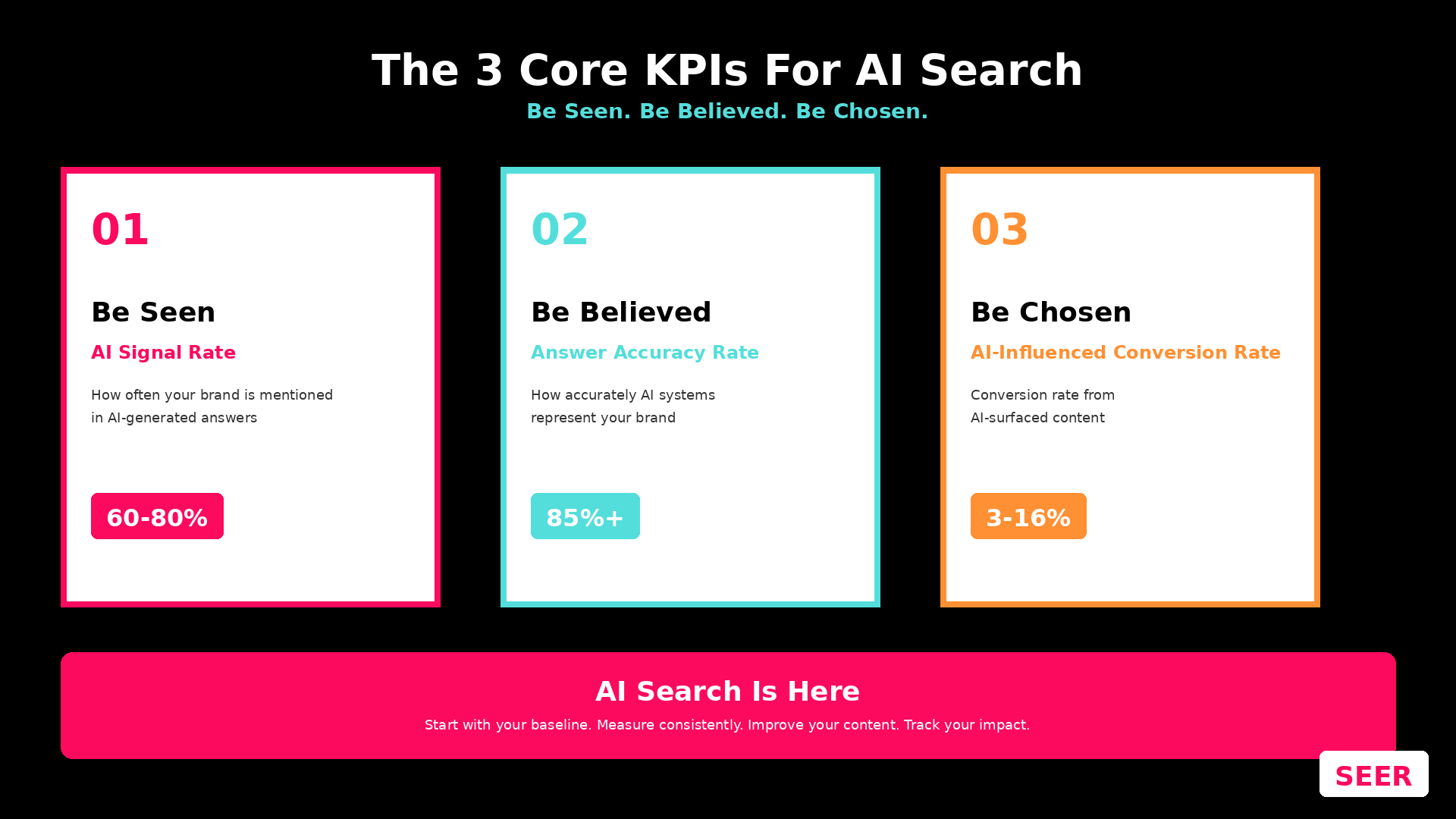Holistic Marketing Defined
A holistic marketing strategy refers to an integrated approach that considers all aspects of a business and its marketing efforts, focusing on the overall experience and value provided to customers. It goes beyond individual marketing tactics and channels and aims to create a cohesive and consistent brand presence across all touchpoints.
In a holistic marketing strategy, various elements such as product development, pricing, distribution, advertising, promotion, and customer service are aligned to deliver a unified message and fulfill customer needs and expectations.
The strategy takes into account the entire customer journey, from initial awareness to post-purchase interactions, aiming to create long-term customer relationships and loyalty.
Here’s a joke that my toddler didn’t understand but that made me laugh and feels relevant: Why don’t scientists trust atoms? Because they make everything up!
Yes, I laughed. No shame in my game.
While scientists might not trust atoms - a holistic marketing strategy should make everything up (based on data) to drive your business forward. Atoms are balanced in a perfect ratio to make up the world around us, so too should be your marketing strategy.
Here’s how.
A holistic marketing strategy includes:
- Customer-centric approach: Putting the customer at the center and understanding their needs, preferences, and behaviors to tailor marketing efforts accordingly.
- Integrated marketing mix: Coordinating and aligning all marketing activities to create a seamless experience for customers, ensuring consistency in messaging, branding, and communication across different channels and touchpoints.
- Relationship building: Focusing on building long-term relationships with customers by providing value, personalized experiences, and exceptional customer service throughout their journey.
- Data-driven decision making: Utilizing data and analytics to gain insights into customer behavior, market trends, and campaign performance, and using that information to refine marketing strategies and tactics.
- Brand consistency: Maintaining a consistent brand image and voice across all marketing efforts, reinforcing the brand's values, positioning, and promise to customers.
- Collaboration and alignment: Encouraging collaboration and coordination among different departments within the organization, including marketing, sales, customer service, and product development, to ensure a unified approach.
Overall, a holistic marketing strategy recognizes that every aspect of a business impacts the customer experience and seeks to optimize each touchpoint to create a comprehensive and meaningful relationship with customers.
Why use a holistic marketing strategy?
A holistic marketing strategy is essential for businesses because it ensures consistent customer experiences, improves customer understanding, enhances brand reputation, optimizes resource allocation, builds long-term customer relationships, enables adaptability to market changes, and fosters synergy among departments.
This should be a given, but by delivering a unified customer experience, understanding customer needs, and aligning marketing efforts, businesses can achieve sustainable growth and a competitive advantage.
What business questions does a holistic marketing strategy address?
- How can we enhance the overall customer experience?
- How can we create a consistent and cohesive brand presence across all touchpoints?
- How can we align our marketing efforts with the needs and expectations of our target customers?
- How can we effectively integrate various marketing activities to create a seamless customer journey?
- How can we build and nurture long-term relationships with our customers?
- How can we personalize marketing efforts to cater to individual customer preferences and behaviors?
- How can we utilize data and analytics to make informed marketing decisions and optimize campaign performance?
- How can we maintain brand consistency and reinforce our brand values, positioning, and promise?
- How can we foster collaboration and alignment among different departments within the organization to ensure a unified marketing approach?
- How can we optimize each touchpoint to create comprehensive and meaningful customer relationships?
How to build a holistic marketing strategy
Creating a holistic marketing strategy involves several key steps and a good amount of resources including industry knowledge. This is where outsourcing strategy development can be more cost-effective for brands.
Consider reaching out to our team to chat about the best path forward for your business.
Here's a general framework to guide you in creating a holistic marketing strategy:
Define your goals
Start by clearly defining your business objectives and marketing goals. Determine what you aim to achieve through your marketing efforts, such as increasing brand awareness, driving sales, or improving customer loyalty.
Understand your target audience
Gain a deep understanding of your target audience by conducting market research. Identify their needs, preferences, behaviors, and pain points. Challenge your assumptions! This information will help you tailor your marketing strategy to effectively reach and engage your audience. Understanding our customer journey allowed for our Analytics & Insights team to a 23% increase to a clients ROI.
Develop a customer-centric approach
Put your customers at the center of your strategy. Focus on delivering value and personalized experiences that meet their needs. Craft customer personas and journey maps to guide your marketing decisions and ensure a customer-centric approach.
Coordinate marketing activities
Align and coordinate all marketing activities to create a seamless and consistent customer experience. Ensure that your messaging, branding, and communication are cohesive across different channels and touchpoints.
Integrate the marketing mix
Coordinate the various elements of the marketing mix, including product, price, place (distribution), and promotion. Ensure they work together to support your overall marketing objectives and create a unified message.
Utilize data and analytics
Leverage data and analytics to gain insights into customer behavior, market trends, and campaign performance. Monitor key metrics, track the effectiveness of your marketing efforts, and use the data to refine and optimize your strategies and tactics - like how our Analytics & Insights team drove leads by 32% using data.
Build strong relationships
Focus on building long-term relationships with your customers. Provide exceptional customer service, personalized experiences, and value throughout their journey. Foster loyalty and advocacy by consistently delivering on your brand promise - and drive growth.
Break down silos
Encourage collaboration and alignment among different departments within your organization, including marketing, sales, customer service, and product development. This ensures a unified approach and consistent messaging throughout the customer experience. Our A&I team partnered with SEO to drive organic blog traffic by 869%.
Continuously evaluate and adapt
Regularly evaluate the performance of your marketing strategy and make necessary adjustments. Stay updated with market trends and consumer preferences to adapt your approach and stay ahead of the competition.
Remember, each business is unique, so adapt these steps to suit your specific industry, target audience, and business goals.
Conclusion
Phew - I know that was a lot of information.
Still not sure where to start?
Simply begin by assessing your current marketing practices, identifying areas for improvement, as they map to your primary business goal. Be realistic and transparent as to who, internally, impacts the flow of information and productivity. This, frankly, can be hard. Take the time to align your internal stakeholders, break down silos, and foster collaboration among different departments.
At this point invest in the necessary resources, tools, and talent to support the implementation - including, potentially, an external team. Ultimately, focus on building strategy off of data and customer experience to drive growth.
To thrive in the competitive market and meet evolving customer expectations, businesses are strongly encouraged to embrace a holistic marketing strategy. By integrating marketing channels cohesively brands can create a competitive advantage, drives business growth, and fosters customer loyalty.
But, as always: when in doubt, reach out.


.png)